Investors React to Trump’s Tariff Shock
- by Chris White, RNG247
- about 7 months ago
- 158 views
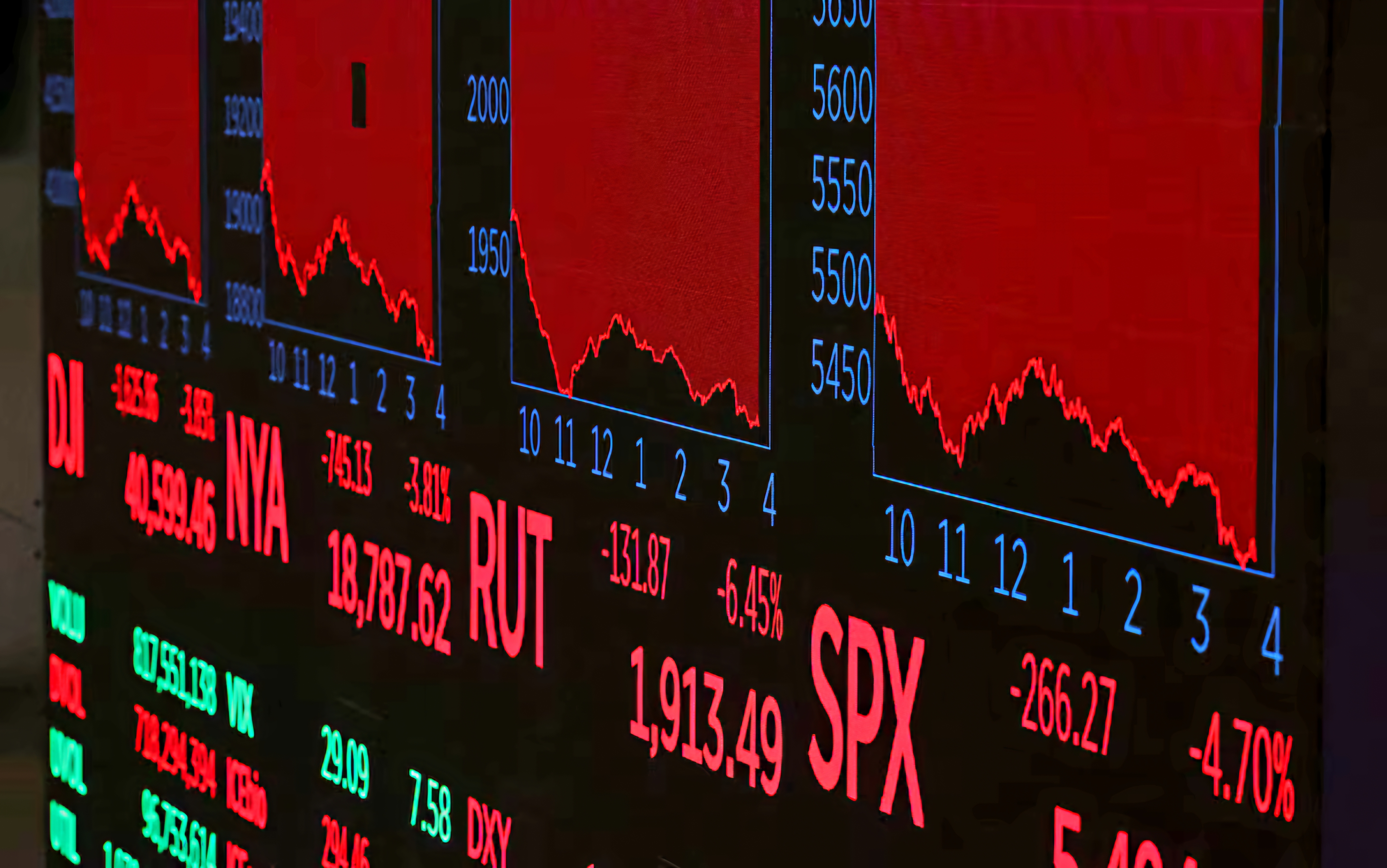
In a dramatic turn of events, global financial markets have been swept into a downward spiral following U.S. President Donald Trump’s sweeping tariff announcements. The sudden shock has set off warning signals for investors, with indicators flickering amber, but not yet reaching a full-blown crisis.
Historic Losses: S&P 500 Takes a $5 Trillion Hit
The S&P 500 has witnessed a staggering reduction of $5 trillion in stock market value over just two days, marking an unprecedented decline for the index. This drop eclipses the $3.3 trillion hit experienced in March 2020 during the onset of the pandemic, illustrating the severe impact of political decisions on market stability.
VIX Index Soars Amid Market Anxiety
Anxiety levels in the market have intensified, as Wall Street's fear gauge, the VIX volatility index, closed at its highest level in five years on Friday. Despite this spike, the VIX remains below the extreme thresholds observed during both the COVID-19 crisis and the 2008 financial meltdown.
Meanwhile, the MOVE bond index, a key measure of rate volatility, surged to 125.71—the highest since the November presidential elections—indicating heightened expectations of Treasury yield fluctuations in the near term.
Bond Market Resilience Amidst Turmoil
Amidst the chaos, investors have shown a propensity to shift toward safe-haven government bonds. U.S. two-year Treasury yields experienced a drop of 20 basis points, while German Bund yields fell by 15 basis points. Over the past two days, two-year Treasury yields have declined by 26 basis points, marking the most significant two-day movement since August. Despite some yield recovery on Friday, analysts assert that the global bond market remains orderly.
"There are no concerns right now on that front (trading conditions), it's all very orderly. There’s no stress in that sense," commented Konstantin Veit, a fund manager at PIMCO.
Bank Sector Faces Uncertainty as Megabanks Suffer
The fallout from Trump’s trade decisions has seen Japanese megabanks suffer their largest losses since 2008, serving as a troubling indicator of potential consequences from the trade war. In Europe and the U.S., banking equities plunged over 8% and 7%, respectively, exacerbating fears of a looming economic slowdown.
"Sentiment is driving bank equities down; there’s profit-taking and concerns about global growth," stated Altaf Kassam, Europe head of investment strategy and research at State Street Global Advisors. "However, it doesn’t feel like a genuine credit or liquidity crunch."
Currency Shifts: Investors Favor Yen and Swiss Franc
As market sentiments evolve, non-U.S. investor demand for dollars has diminished, with a notable surge in purchases of the yen and Swiss franc. The spreads for the euro narrowed this week, although they remain relatively stable compared to mid-March figures, highlighting a shift in investment preferences amidst ongoing market tensions.
Swaps Market Signals Building Pressure
In the bond market, the tightening of U.S. two-year swap spreads has become increasingly apparent, dropping to -22 basis points, the narrowest margin since November. This tightening signifies a growing concern over the volatility of stock values, as long-term investors seek to hedge against potential rate cuts.
In contrast, European swap spreads exhibited more stability, although they marked their widest since October 2024, at approximately 20 basis points, remaining below levels seen during previous crises.
Junk Bonds: Risk Premiums on the Rise
Investor caution is evident as U.S. and European junk bond spreads have surged to multi-month highs. The iTRAXX Crossover Index, which tracks five-year European junk bonds, reached 380 basis points on Friday, showcasing its most significant two-day jump since November 2023. The ICE BofA U.S. High Yield Index is on track for its largest weekly increase since January 2024, yielding 8.1%, though still significantly lower than the peak yields of past crises.
As markets navigate this tumultuous period, investors will be carefully monitoring ongoing developments related to tariff implications and broader economic trends.








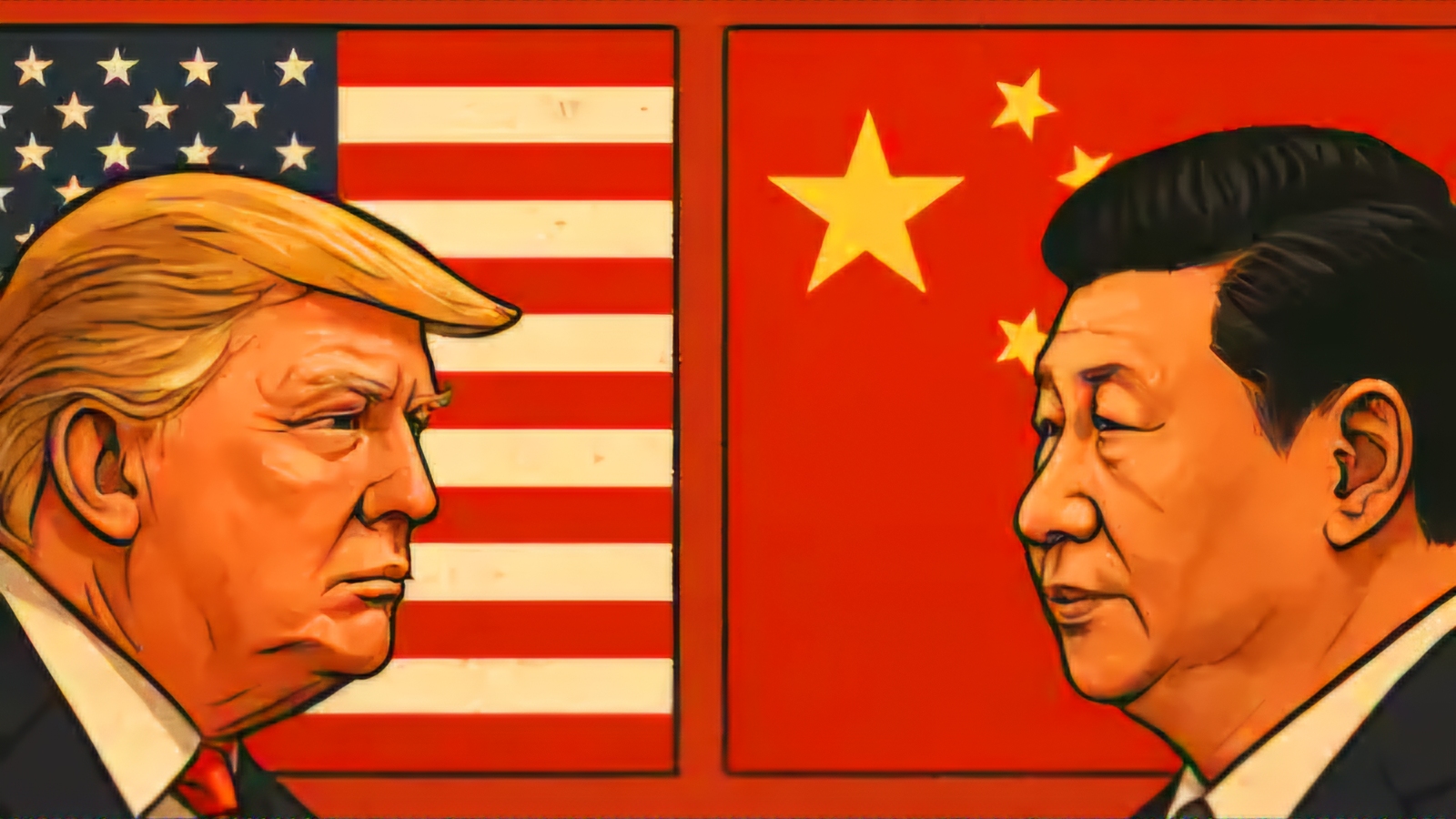
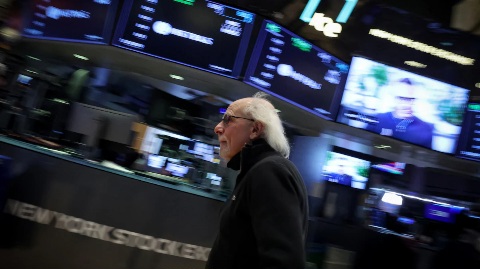

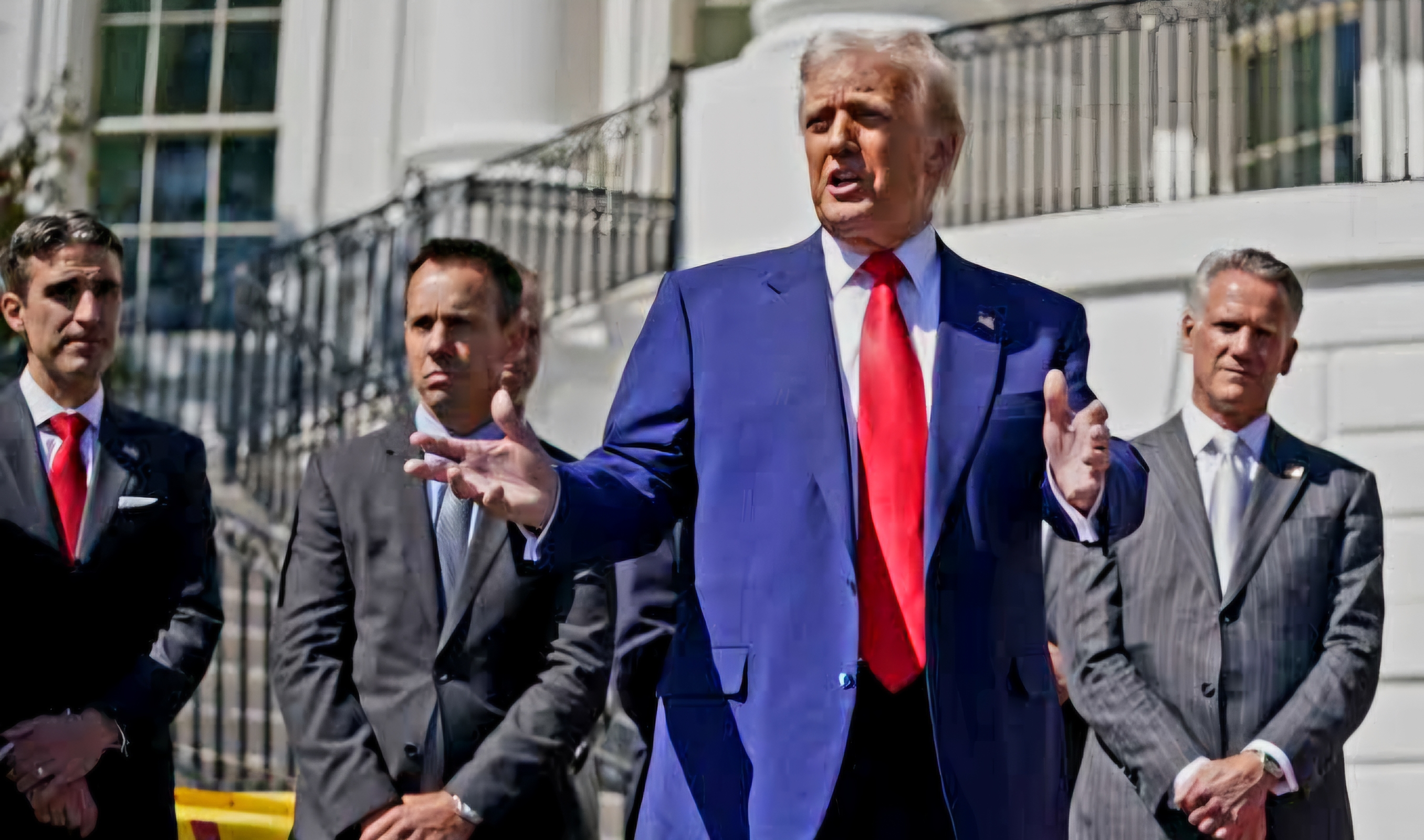
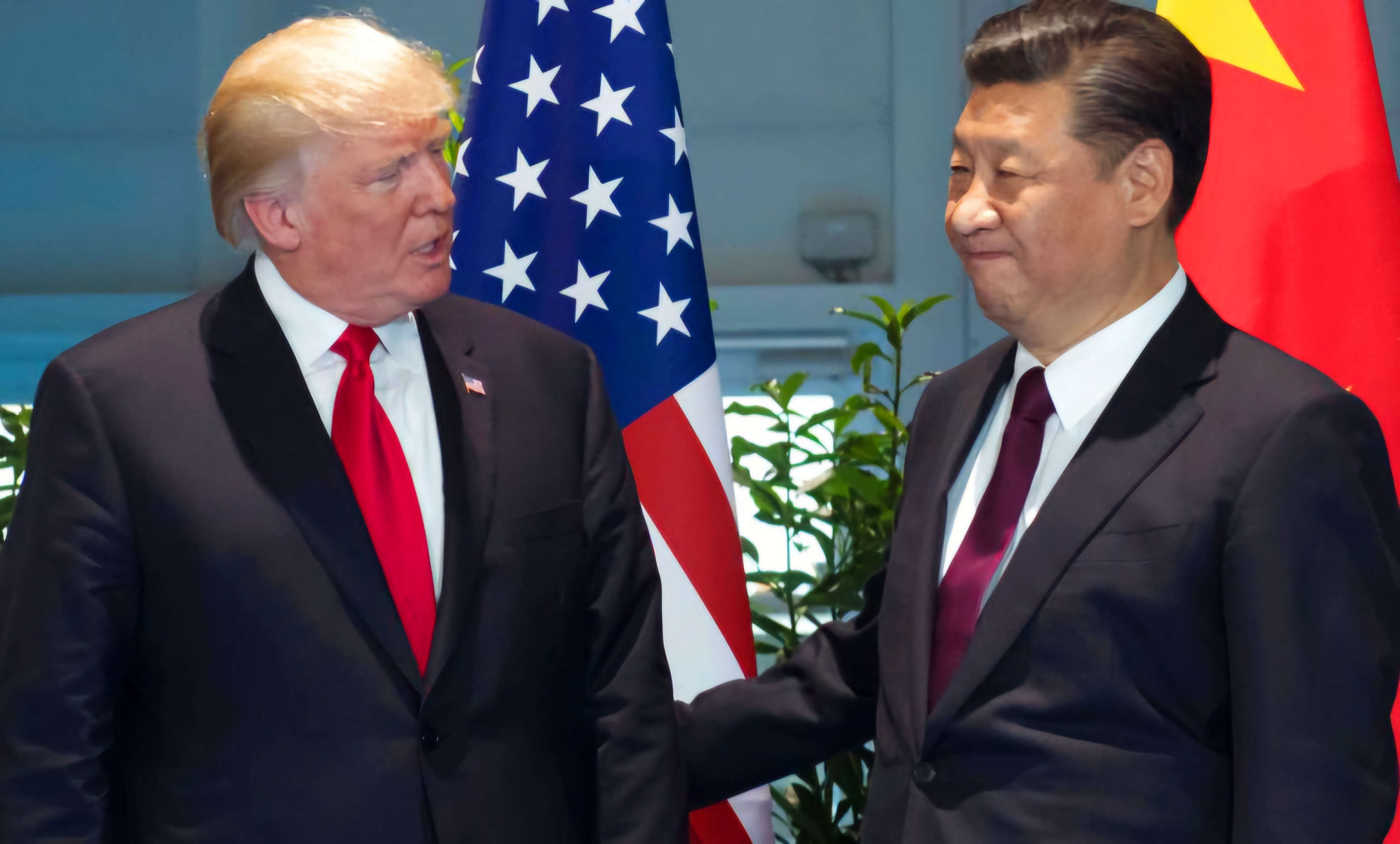
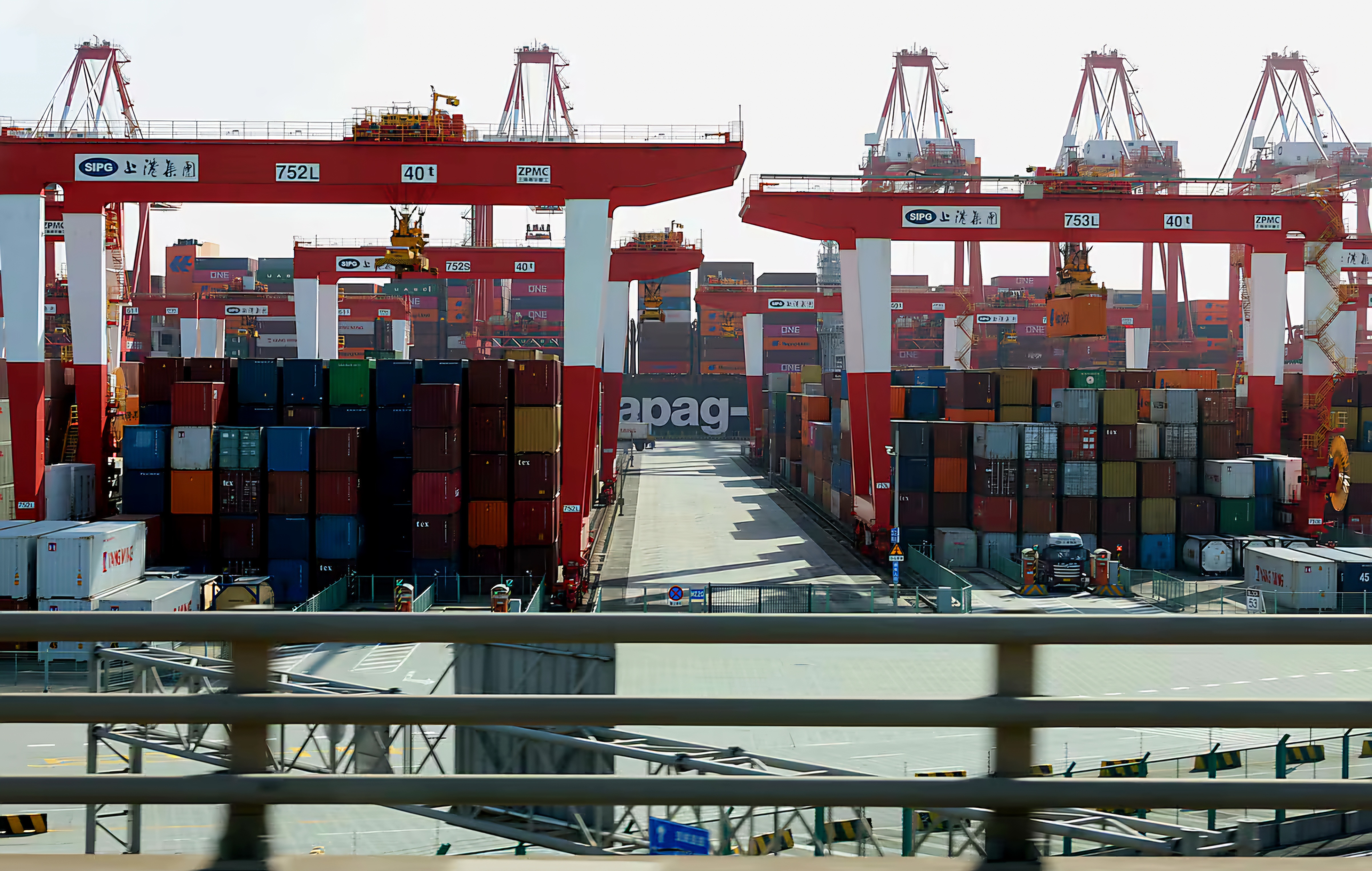
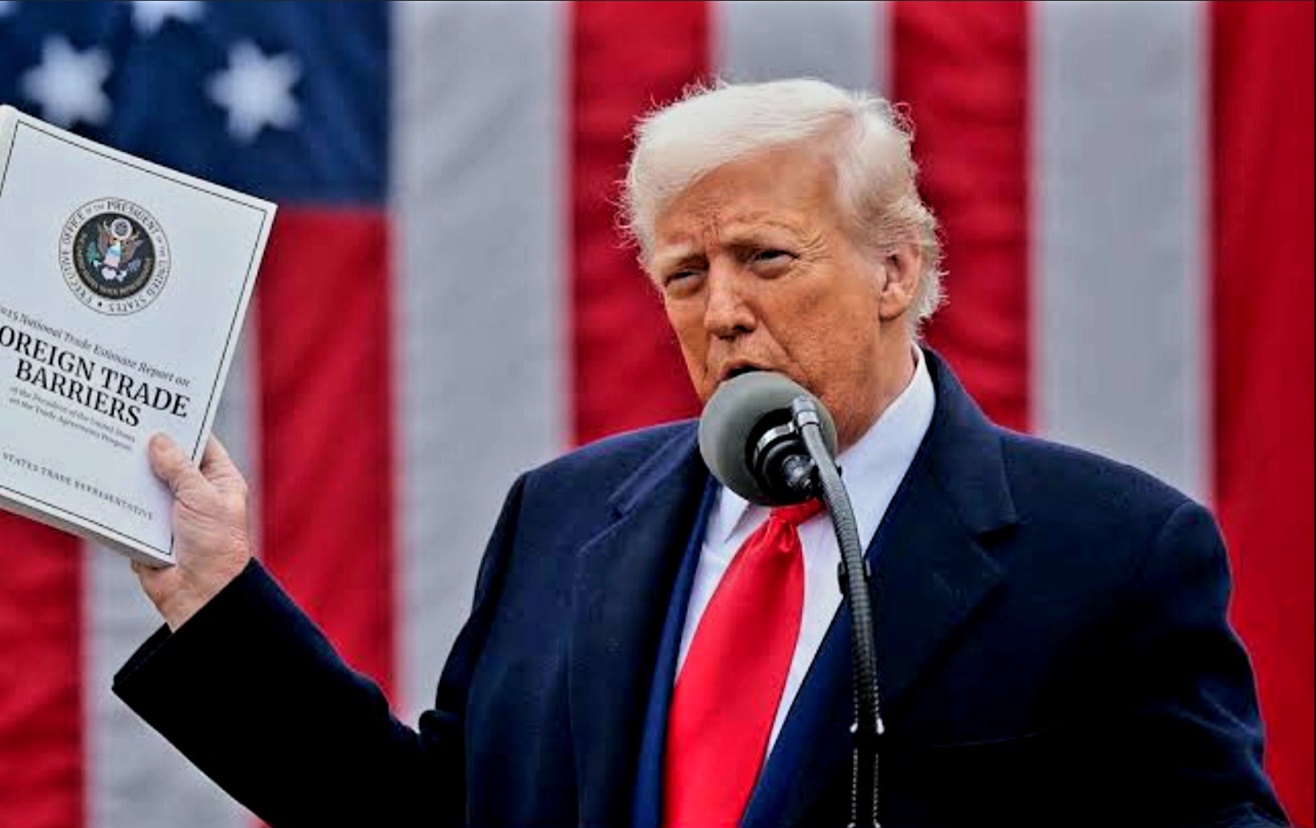

0 Comment(s)